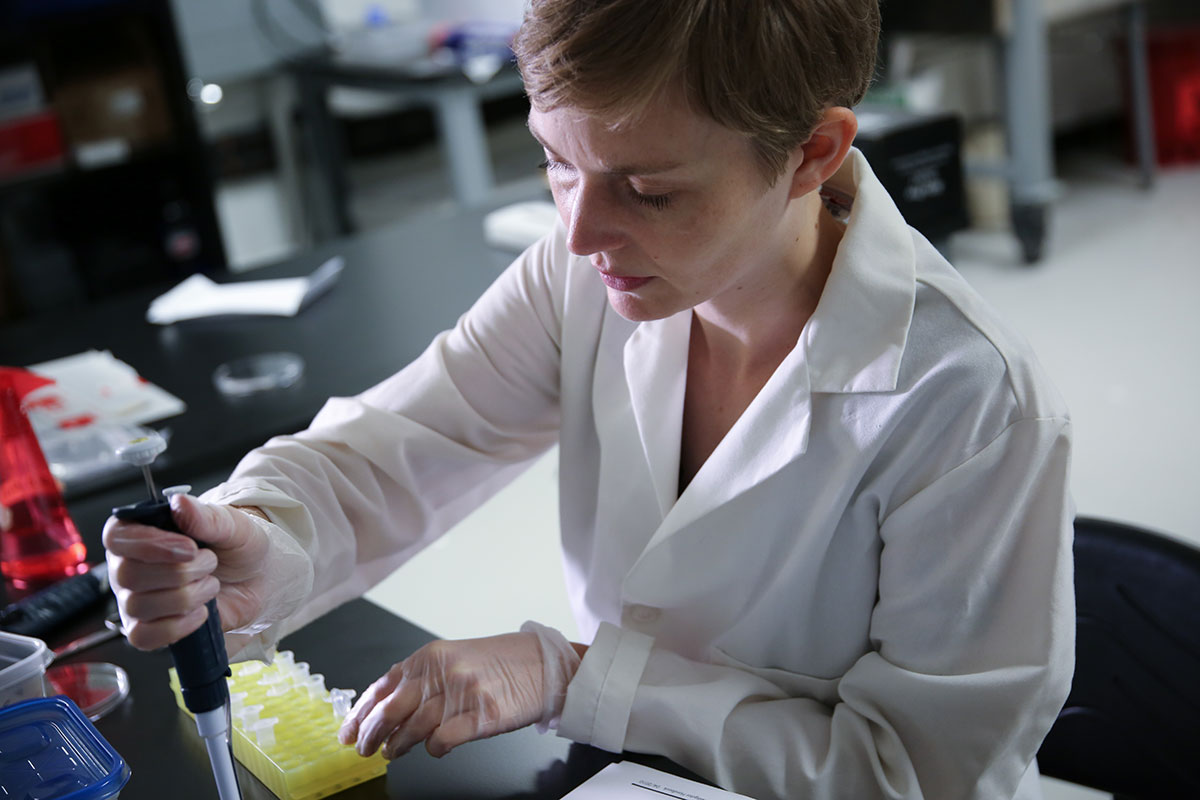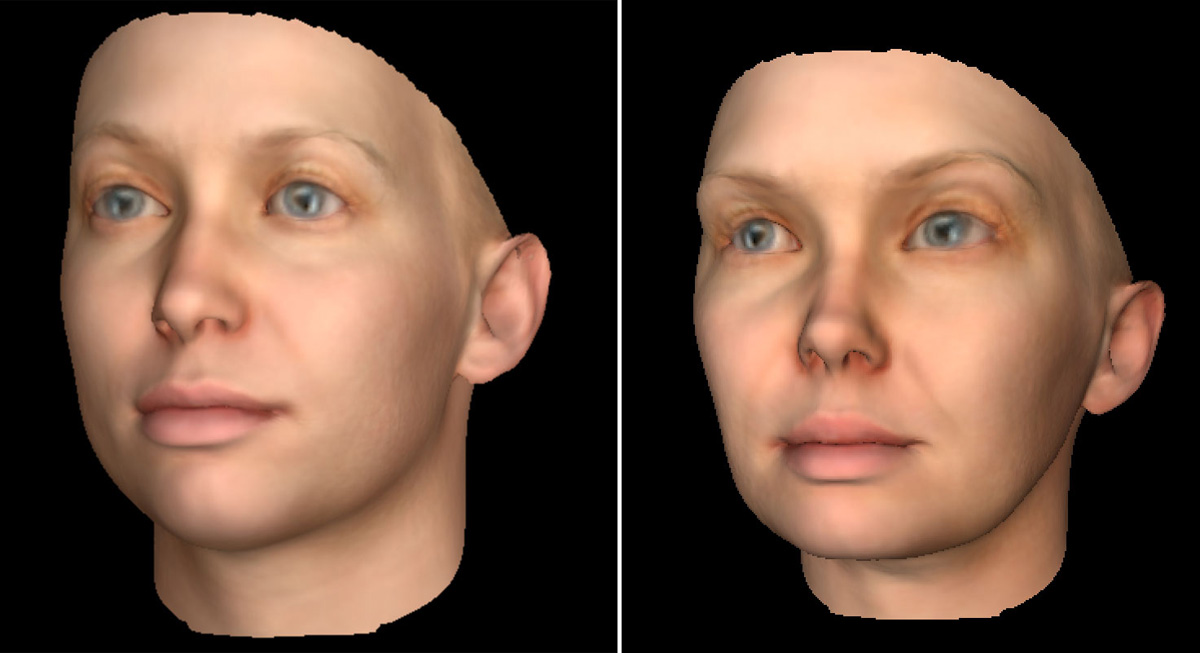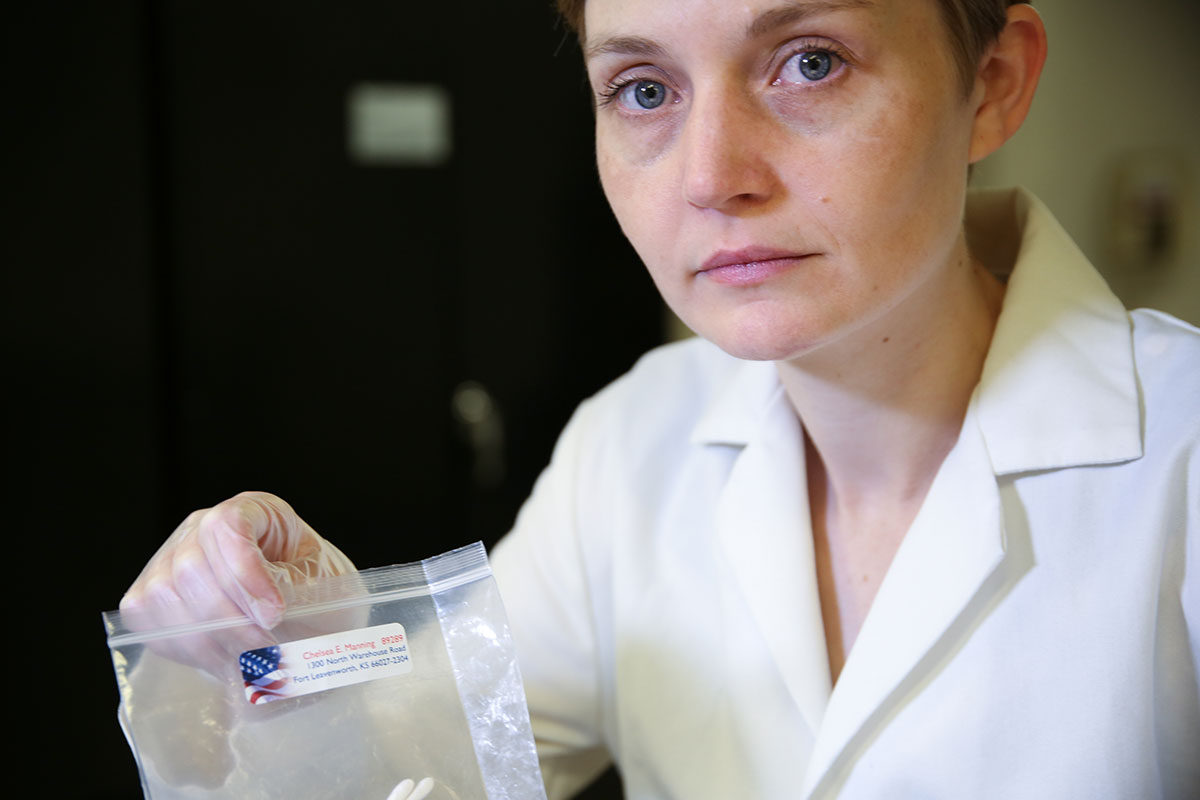US military whistleblower Chelsea Manning may be holed up in a military prison, but Chicago artist Heather Dewey-Hagborg was able to smuggle a piece of the WikiLeaks informant out of Fort Leavenworth. A FedEx package carrying cheek swabs and hair trimmings from the prisoner, currently serving a 35-year sentence for providing the news organization with evidence of potential military abuses, gave Dewey-Hagborg the evidence she needed to reconstruct Manning’s likeness as a 3D printed portrait.

3DPI has covered Dewey-Hagborg’s work in the past, when she used DNA samples from cigarette butts and gum found on the street to create a series of portraits. Now, the artist has focused on Chelsea Manning as a means for drawing attention to the whistleblower’s cause. To do so, she first distilled Manning’s DNA sequencing, to determine the likely genetic expressions associated with alleles found on portions of her DNA. She tells The Guardian, “Feeding in those different parameters, I could generate random variations of Chelsea’s face within a prescribed typology.”

Generating her face from the DNA data, the artist was then able to create a 3D printable model, with which she 3D printed two life-sized copies in full-color gypsum. One portrait sees the prisoner’s gender genome set to neutral, as an androgynous individual. The other has the female genome turned on, portraying her face as it would be appear if she were born with female physical features.

The project, titled “Radical Love: Chelsea Manning”, is both a commentary on the soldier’s disappearance, after she was arrested in Iraq upon releasing the WikiLeaks documents, and her gender transition. The artist came up with the title from an interview Manning conducted with Paper magazine, in which she says, “Is it radical to seek justice? Is it radical to be rescued by love? Is it subversive to be sweet? Is it radical to be true to yourself?” By creating a 3D printed copy of her face, is making an otherwise hidden person visible to the public. Dewey-Hagborg says, “She has been imprisoned and unable to be seen or visited for the duration of her gender transition. As long as she’s been identifying as Chelsea Manning we’ve been unable to see her, so there was poetry to making visible the invisible.” Manning herself was interested in the project because she thought that it was “really good at examining the convergence of art, science and technology.”

Currently, the two masks are on display in Davos, Switzerland at the World Economic Forum. The Guardian’s Ed Pilkington points out the irony for an exhibit on Manning’s invisibility displayed to the world’s political and economic elite, neither the political prisoner nor Dewey-Hagborg have seen the masks. The artists tells The Guardian, “The faces were 3D-printed and shipped from London directly to Switzerland. Tickets for the World Economic Forum are reserved for world leaders, and I wasn’t invited.”

More of Dewey-Hagborg’s work can be found at her website here and, in an interview with Paper, she goes into greater depth about the project. On the artist’s website, she also recommends Paper‘s interview with Chelsea Manning, conducted via mail, which is the only form of outside communication she can engage in. She also provides a link to the Chelsea Manning defense fund, located here.


